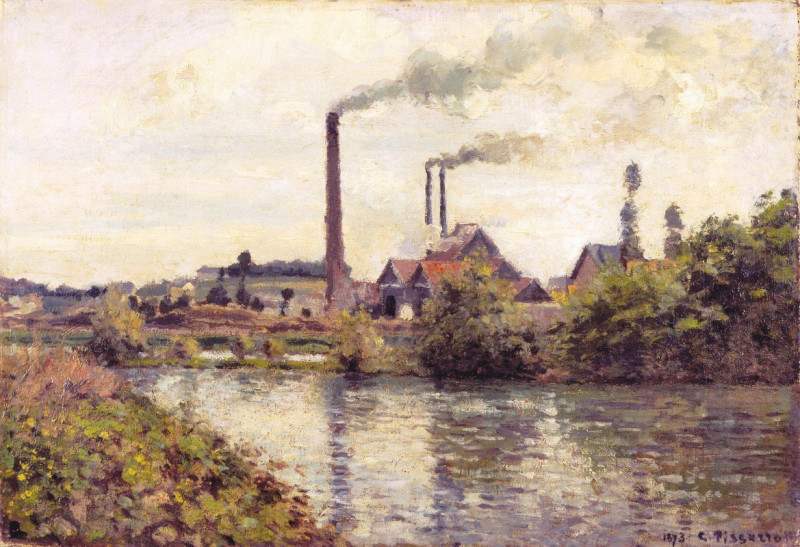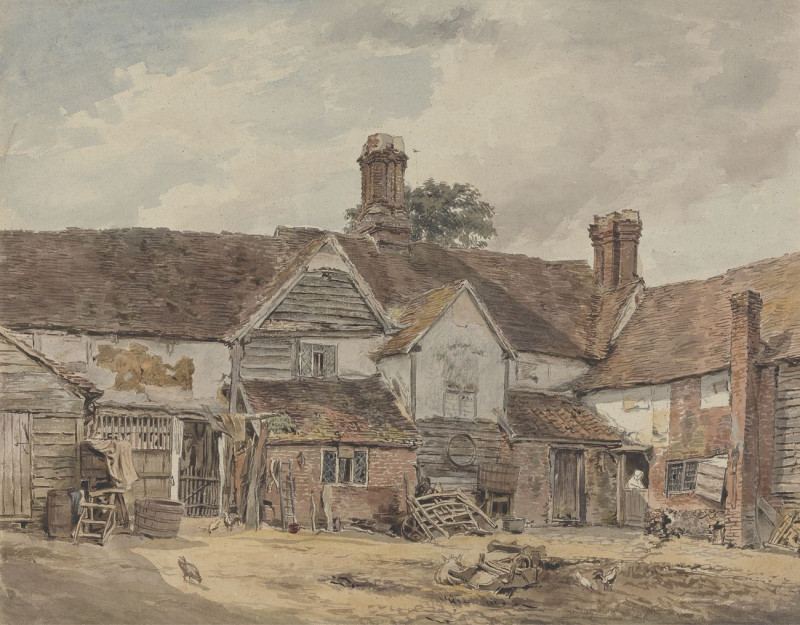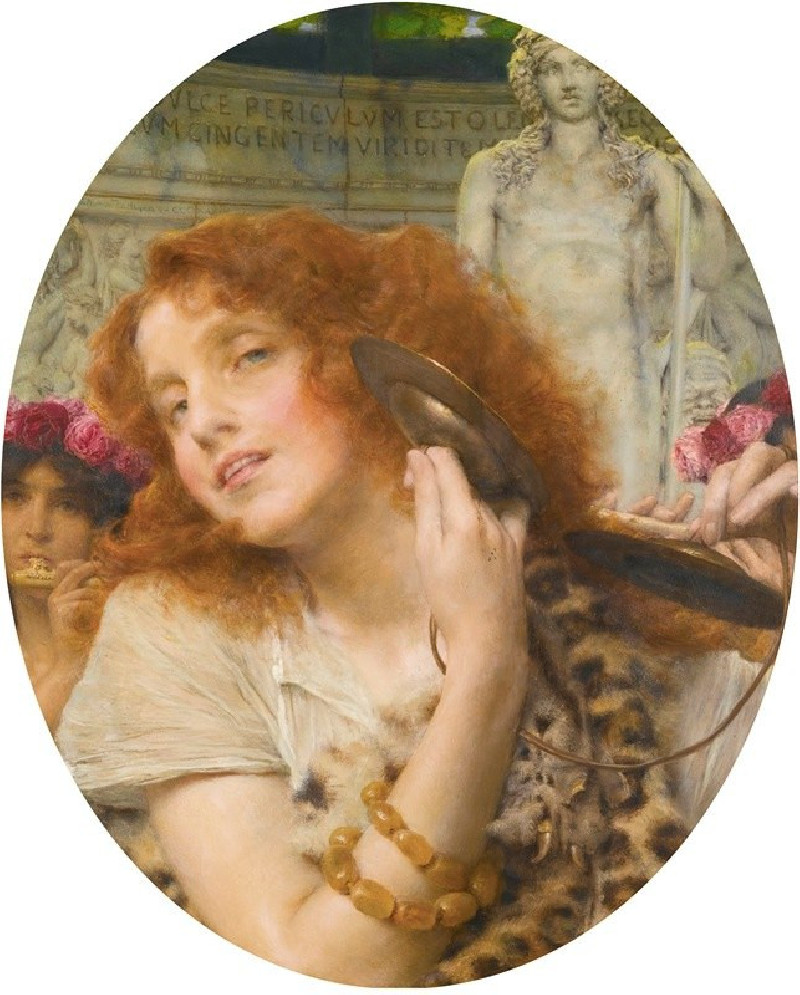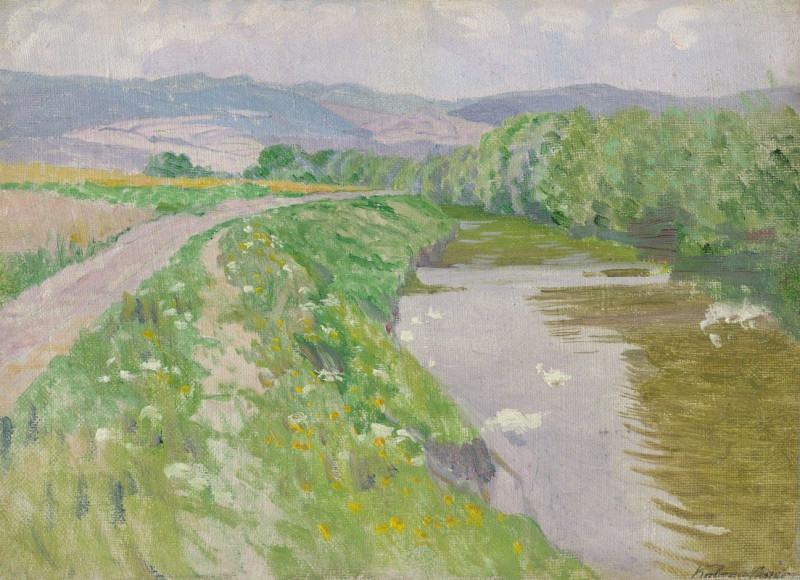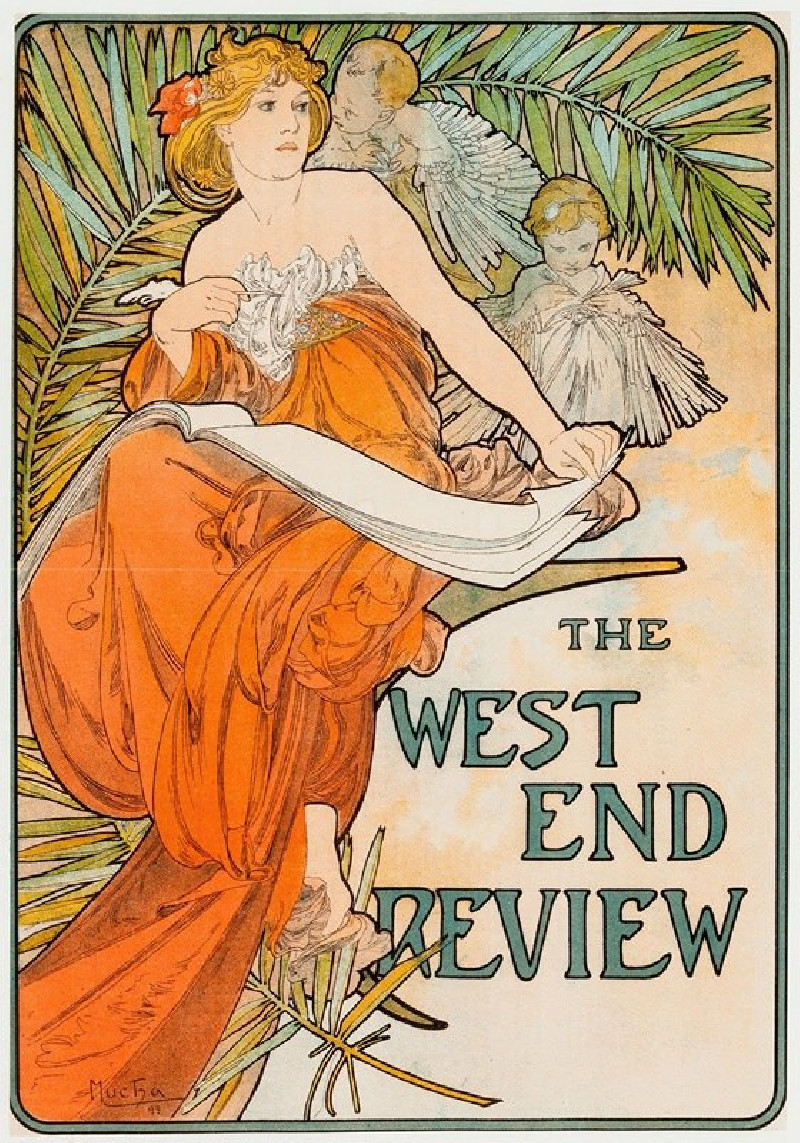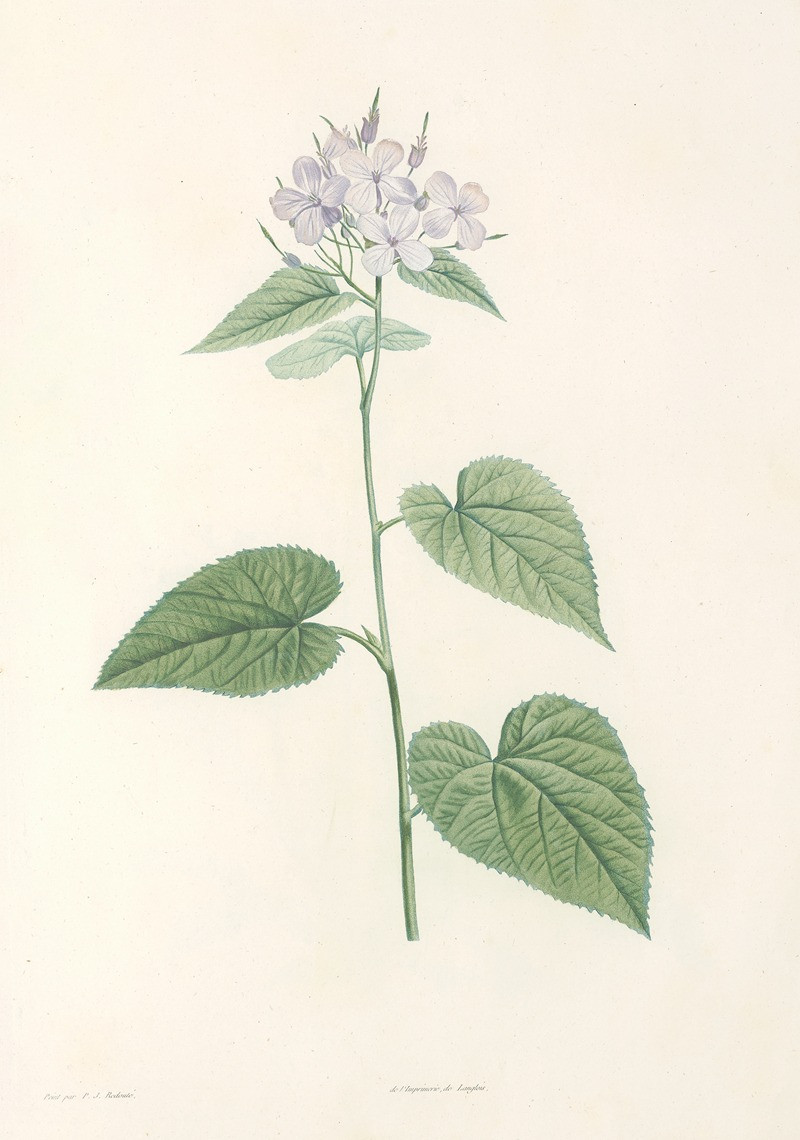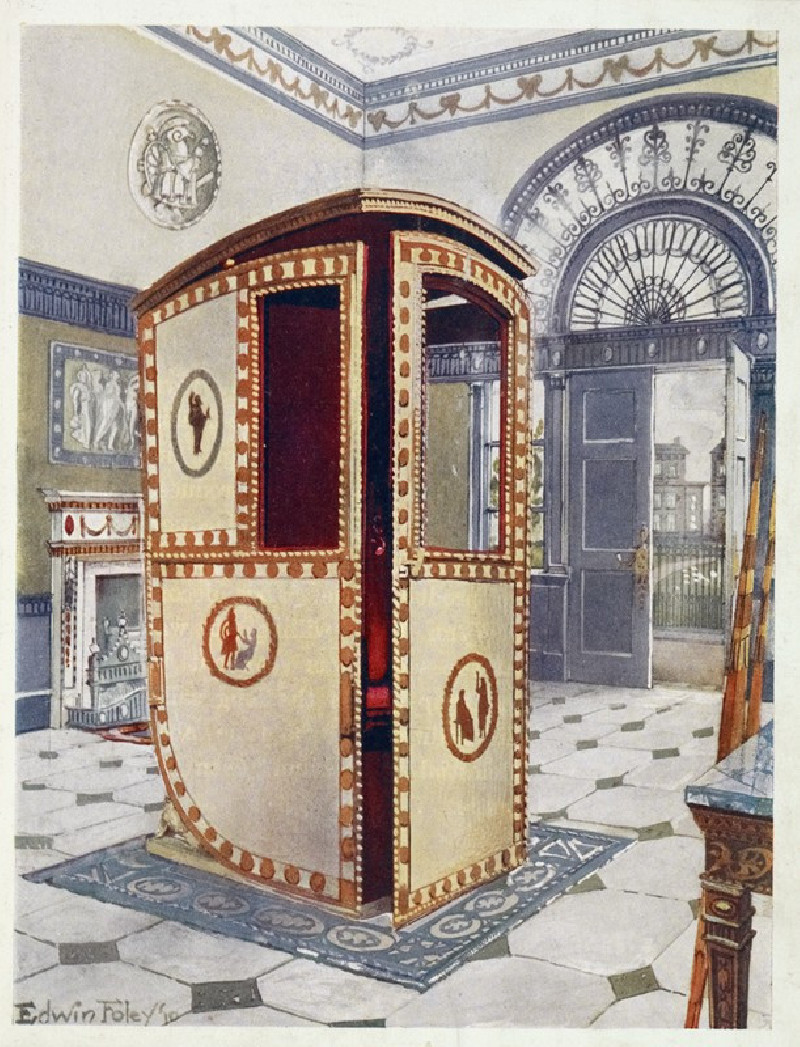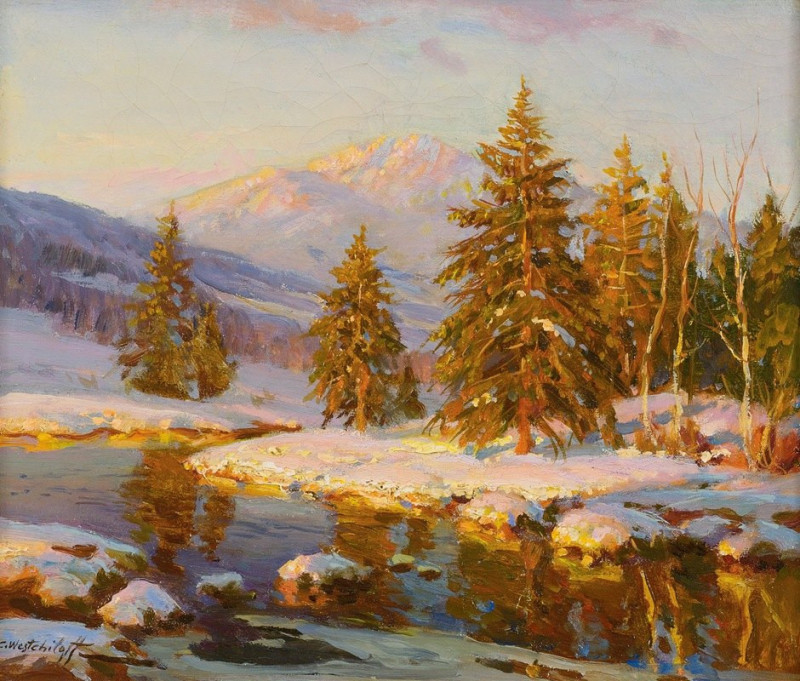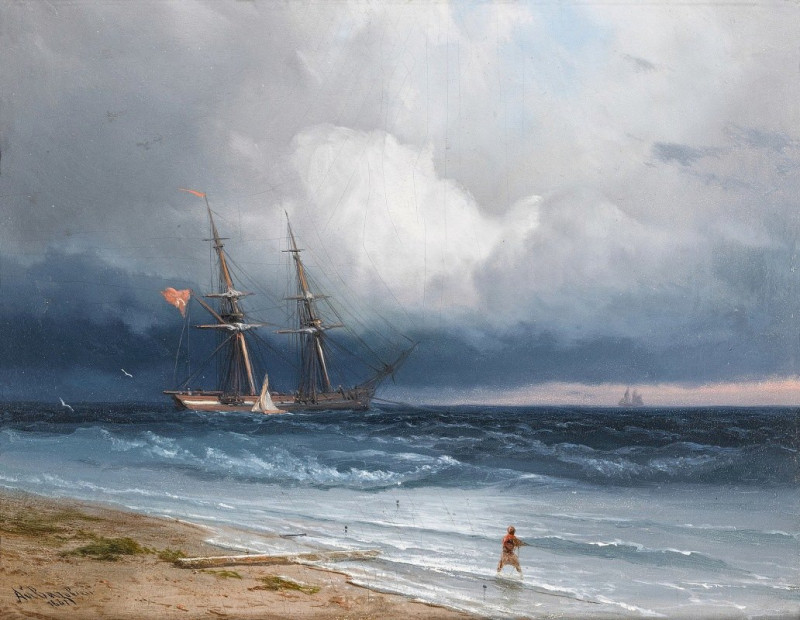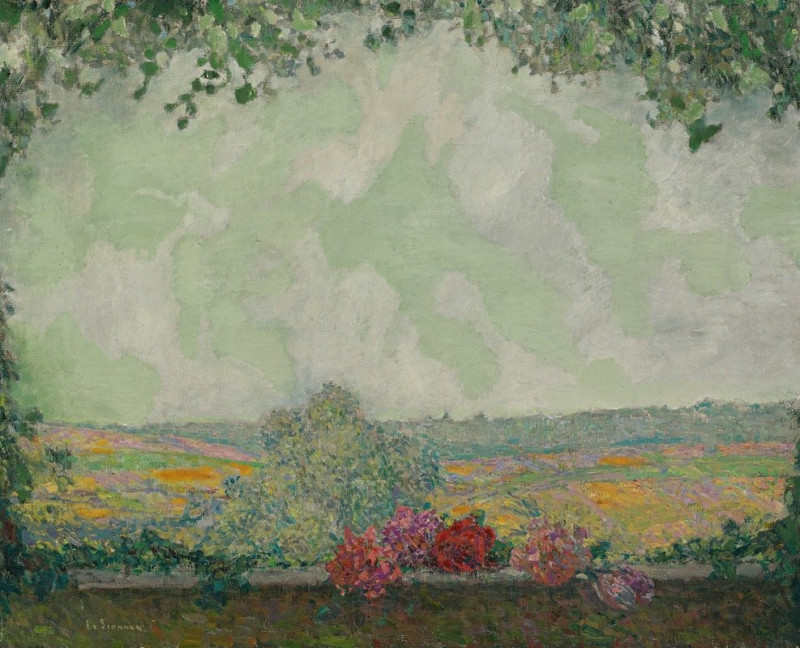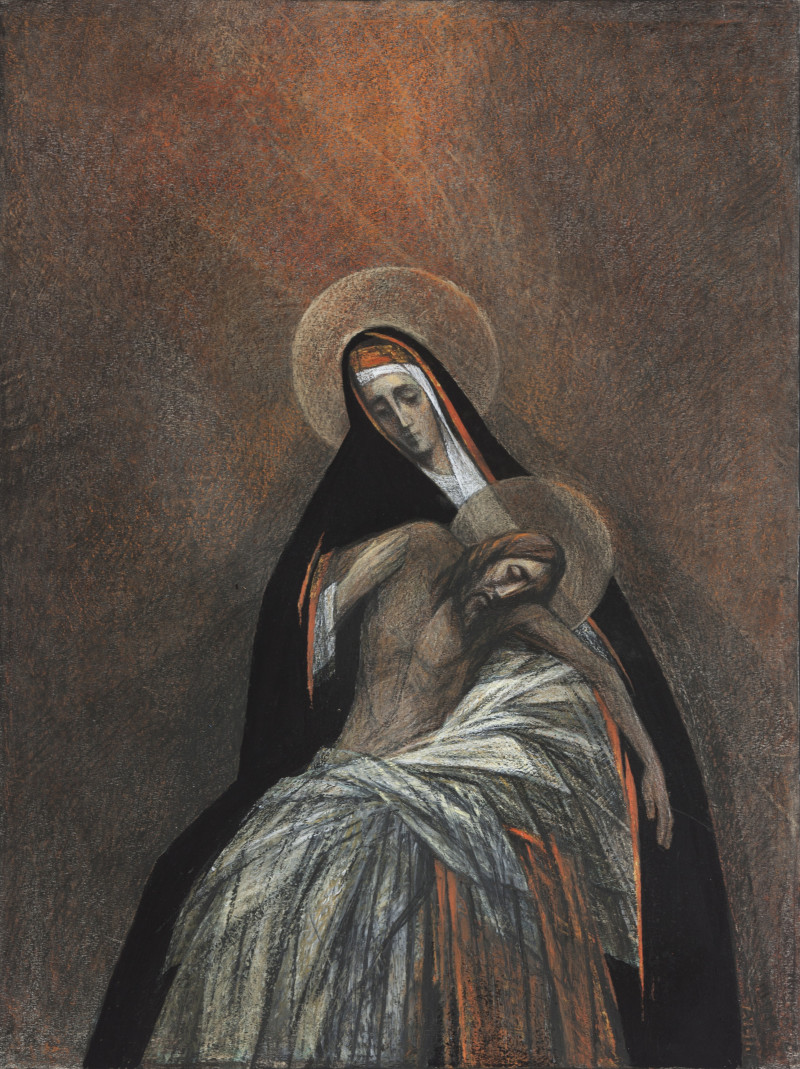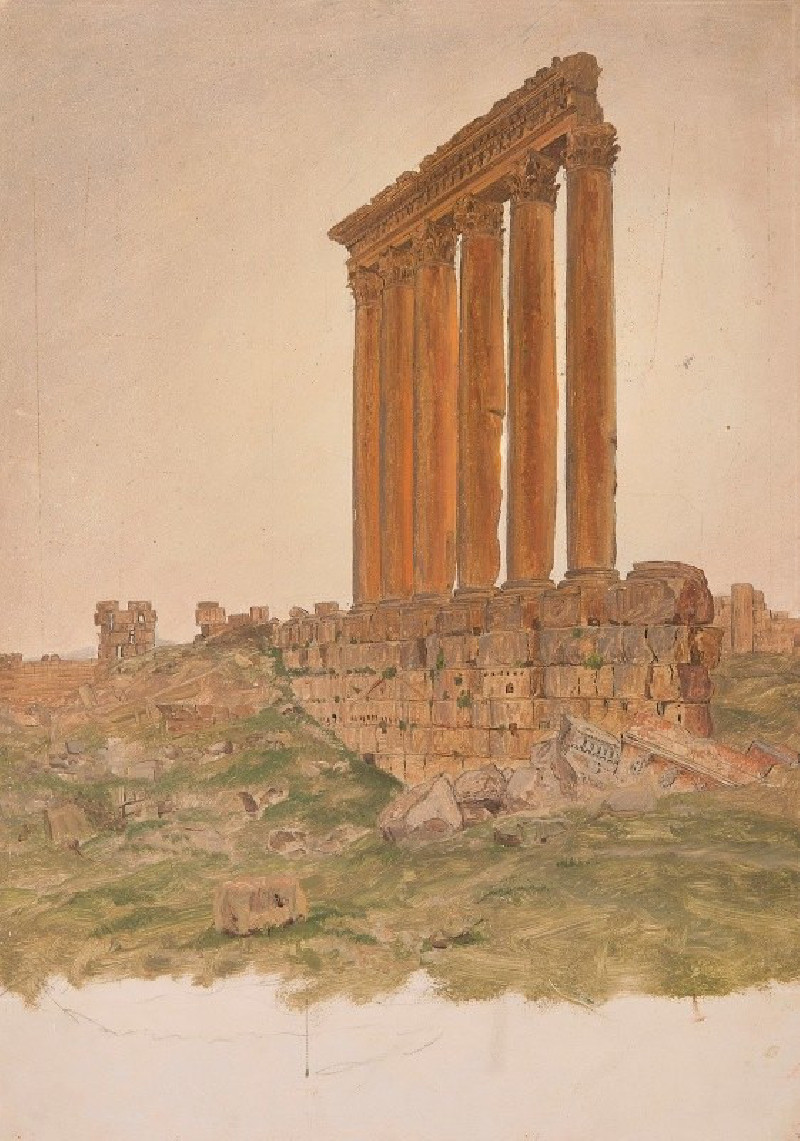The Factory at Pontoise
Technique: Giclée quality print
Recommended by our customers
More about this artwork
"The Factory at Pontoise," painted in 1873 by the Impressionist master Camille Pissarro, captures an intriguing blend of industry and nature. This beautiful painting offers a view of a factory situated in the serene landscape of Pontoise, a rural area that often inspired Pissarro’s works.At the heart of this artwork, the factory, dominated by two towering smokestacks, stands as a testament to the industrial changes that were sweeping through France at the time. Despite the presence of industrial elements, Pissarro's treatment of the subject is both delicate and harmonious, emphasizing the coexistence of man-made and natural environments. The wisps of smoke blending seamlessly into the softly clouded sky symbolize a peaceful intermingling rather than a stark contrast.The foreground features a lush, vibrant display of riverside foliage and shimmering water, reflecting the gentle sky and rippled by the gentle movement of the river Oise. This idyllic natural scene serves as a counterbalance to the industrial activity, creating a composition that resonates with the balance between progress and preservation.Through delicate brushwork and a thoughtful composition, Pissarro not only documents a place and time but also invokes a discussion on the integration of technological advancement with the natural world.
Delivery
Returns
Blessed are they who see beautiful things in humble places where other people see nothing. — Camille Pissarro
Camille Pissarro (1830-1903) was born on St.Thomas (now the US Virgin Islands) to a Portuguese father and a Dominican mother. He went to Paris to study art at Ecole des Beaux-Arts. He was an early pioneer of pointillism and neo-impressionism and later became a mentor of many famous impressionist painters including Cezanne, Manet, Renoir, and Gauguin. His paintings depicted rural and urban French landscapes and lifestyle. Many of his works politically captured images of peasants and laborers. Today, he is considered the father of impressionism.

